UbuntuGNOME
|
Size: 2458
Comment: creating the release notes for ubuntu gnome trusty tahr
|
Size: 5056
Comment: added a quick upgrade box to the top because I like how Kubuntu has it. This will be up for review, though.
|
| Deletions are marked like this. | Additions are marked like this. |
| Line 3: | Line 3: |
| = Example = https://wiki.kubuntu.org/TrustyTahr/Beta1/Kubuntu <<BR>> <<BR>> |
|
| Line 6: | Line 11: |
| ||<tablestyle=" float:right; width:100%; background:#F1F1ED; margin: 0 auto" style="padding:0.5em;"> '''Upgrade from a previous version'''||'''Download a Disk Image'''|| ||{{{sudo apt-get install update-manager-core}}}<<BR>>{{{sudo do-release-upgrade}}}||download link|| <<BR>> <<BR>> <<BR>> <<BR>> |
|
| Line 8: | Line 19: |
| = Ubuntu GNOME 14.04 = '''[[https://wiki.ubuntu.com/UbuntuGNOME | Ubuntu GNOME]]''' is an official flavour of Ubuntu, featuring the GNOME desktop environment. Ubuntu GNOME is a mostly pure GNOME desktop experience built from the Ubuntu repositories. |
|
| Line 11: | Line 20: |
| = System Requirements = '''The Minimum''' System Requirement for Ubuntu GNOME is 1 GB of RAM. It is '''recommended''' to have more. If you have an old machine, you may consider other alternatives like [[https://wiki.ubuntu.com/Lubuntu | Lubuntu]]. |
= Ubuntu GNOME 14.04 LTS = '''[[https://wiki.ubuntu.com/UbuntuGNOME | Ubuntu GNOME]]''' is an official flavour of Ubuntu, featuring the '''GNOME''' desktop environment. '''Ubuntu GNOME''' is a mostly pure '''GNOME''' desktop experience built from the '''Ubuntu''' repositories. = Minimum System Requirements = * 1000 MHz processor (for example Intel Celeron or better); * 1 GB RAM (system memory); * 6 GB of free hard drive space for installation; * either a CD/DVD drive or a USB port for the installer media; * Internet access is helpful (for installing updates during the installation process). If you have an old machine, you may consider other alternatives like '''[[https://wiki.ubuntu.com/Lubuntu | Lubuntu]]''' or '''[[https://wiki.ubuntu.com/Xubuntu | Xubuntu]]'''. |
| Line 15: | Line 38: |
| = Features of 13.10 = | = Features of Ubuntu GNOME 14.04 LTS = |
| Line 17: | Line 40: |
| * Most of GNOME 3.8 is now included. See the [[https://help.gnome.org/misc/release-notes/3.8/ | GNOME release notes]] for more details. The few missing bits of 3.8 are available on the stable gnome3-team Gnome3 PPA. | * '''Ubuntu GNOME''' is now an '''LTS''' (Long Term Support) release. For more details on this achievement, see [[http://ubuntugnome.org/lts-status/|this blog post.]] |
| Line 19: | Line 42: |
| * Many Artwork improvements including new bootloader theme, plymouth theme, wallpapers, installer slideshow and completed branding with our new Logo. * The new GNOME Classic session is included. To try it, choose it from the Sessions option on the login screen. |
* Most of '''GNOME 3.10''' is now included. See the [[https://help.gnome.org/misc/release-notes/3.10/ | GNOME release notes]] for more details. The few missing bits of 3.10 are available in [[https://launchpad.net/~gnome3-team/+archive/gnome3|ppa:gnome3-team/gnome3.]] |
| Line 23: | Line 44: |
| * Ubuntu Online Accounts is no longer included by default [[https://bugs.launchpad.net/bugs/1040193 | (1040193)]]. If you'd like to install it, install gnome-control-center-signon, evolution-data-server-uoa, and whichever of the account-plugin-* packages you want to use. | * With '''GNOME 3.10''' comes enhanced support for online accounts, and some general optimization of the user interface. |
| Line 25: | Line 46: |
| = Applications = | * A set of '''10''' new high-quality '''wallpapers''' is included. For more details about the '''Ubuntu GNOME Wallpaper Contest''' and wallpaper previews, see [[http://ubuntugnome.org/results-community-wallpaper-contest/ | this blog post.]] |
| Line 27: | Line 48: |
| * gdm | = Applications in Ubuntu GNOME 14.04 LTS = |
| Line 29: | Line 50: |
| * gnome-shell | * '''GNOME Shell'''. The GNOME desktop environment from where you can search and start applications, switch between windows, etc. |
| Line 31: | Line 52: |
| * libreoffice | {{attachment:gnome-shell.png|GNOME Shell|width=640 height=480}} |
| Line 33: | Line 54: |
| * Ubuntu software center | * '''Nautilus''' (File Manager). An easy to use file managar for organizing your documents, music, pictures, videos and files in general. |
| Line 35: | Line 56: |
| * Firefox | {{attachment:rsz_files.png|Nautilus|width=640 height=480}} |
| Line 37: | Line 58: |
| * Evolution | * '''Firefox Web Browser'''. Browse the web with one of the most popular fast, flexible and secure web browsers. |
| Line 39: | Line 60: |
| = Get Ubuntu GNOME 13.10 = [[http://cdimage.ubuntu.com/ubuntu-gnome/releases/13.10/release/ | Download]] Ubuntu GNOME 13.10. |
{{attachment:firefox-web-browser.png|Firefox Web Browser|width=640 height=480}} * '''LibreOffice'''. Create professional documents, spreadsheets, presentations and even more with the open-source office suite. {{attachment:libreoffice.png|LibreOffice|width=640 height=480}} * '''gedit''' (Text Editor). A small and lightweight text editor for the GNOME desktop environment. {{attachment:rsz_gedit.png|gedit|width=640 height=480}} * '''Ubuntu Software Center'''. Lets you browse and install thousands of free and paid applications available for '''Ubuntu'''. {{attachment:ubuntu-software-center.png|Ubuntu Software Center|width=596 height=420}} * '''Tweak Tool'''. Change advanced settings – appearance, fonts, keyboard and mouse, windows and workspaces. Install extensions, set power options, select startup applications. {{attachment:tweak-tool.png|Tweak Tool|width=611 height=412}} = Get Ubuntu GNOME 14.04 LTS = * [[http://cdimage.ubuntu.com/ubuntu-gnome/releases/14.04/release/ | DOWNLOAD]] Ubuntu GNOME 14.04 LTS now! |
| Line 43: | Line 82: |
| When upgrading, it is highly recommended that you back up your own data. | Before upgrading, it is highly recommended to back up your data. See [[https://help.ubuntu.com/community/BackupYourSystem | this page]] for tutorials on how to backup your data. Or just download '''[[http://clonezilla.org/downloads.php | Clonezilla]]''' and create an image of your hard drive or system partition. |
| Line 45: | Line 84: |
| The update manager GUI will offer you the next release of Ubuntu GNOME; Alternatively, launch Terminal and enter | The included GUI update manager will offer you the latest release of '''Ubuntu GNOME'''. Alternatively, launch '''Terminal''' by hitting Ctrl+Alt+T and run the following command: |
| Line 51: | Line 90: |
| '''Note'''. If you were using the '''gnome3-team/gnome3''' PPA, you should run {{{ sudo ppa-purge }}} before upgrading. |
|
| Line 52: | Line 96: |
| = PPA = [[https://wiki.ubuntu.com/UbuntuGNOME/Developers | PPA for Ubuntu GNOME]] can be found on this link. |
= Personal Package Archives (PPAs) = PPAs for '''Ubuntu GNOME''' can be found on [[https://wiki.ubuntu.com/UbuntuGNOME/Developers | this link]]. |
| Line 56: | Line 101: |
| = Ubuntu Release notes = | = Ubuntu Release Notes = |
| Line 58: | Line 103: |
| * For common issues with Ubuntu, please refer to the [[https://wiki.ubuntu.com/SaucySalamander/ReleaseNotes | Ubuntu release notes]]. | * For common issues with '''Ubuntu''', please refer to the [[https://wiki.ubuntu.com/TrustyTahr/ReleaseNotes | Ubuntu release notes]]. |
| Line 62: | Line 107: |
| * 9 Months - See [[https://wiki.ubuntu.com/Releases | this]]. | * 3 years – see [[https://wiki.ubuntu.com/Releases | releases]]. |
DRAFT Ubuntu GNOME 14.04
Example
https://wiki.kubuntu.org/TrustyTahr/Beta1/Kubuntu
Upgrade from a previous version |
Download a Disk Image |
sudo apt-get install update-manager-core |
download link |
|
Ubuntu GNOME 14.04 LTS
Ubuntu GNOME is an official flavour of Ubuntu, featuring the GNOME desktop environment. Ubuntu GNOME is a mostly pure GNOME desktop experience built from the Ubuntu repositories.
Minimum System Requirements
- 1000 MHz processor (for example Intel Celeron or better);
- 1 GB RAM (system memory);
- 6 GB of free hard drive space for installation;
- either a CD/DVD drive or a USB port for the installer media;
- Internet access is helpful (for installing updates during the installation process).
If you have an old machine, you may consider other alternatives like Lubuntu or Xubuntu.
Features of Ubuntu GNOME 14.04 LTS
Ubuntu GNOME is now an LTS (Long Term Support) release. For more details on this achievement, see this blog post.
Most of GNOME 3.10 is now included. See the GNOME release notes for more details. The few missing bits of 3.10 are available in ppa:gnome3-team/gnome3.
With GNOME 3.10 comes enhanced support for online accounts, and some general optimization of the user interface.
A set of 10 new high-quality wallpapers is included. For more details about the Ubuntu GNOME Wallpaper Contest and wallpaper previews, see this blog post.
Applications in Ubuntu GNOME 14.04 LTS
GNOME Shell. The GNOME desktop environment from where you can search and start applications, switch between windows, etc.
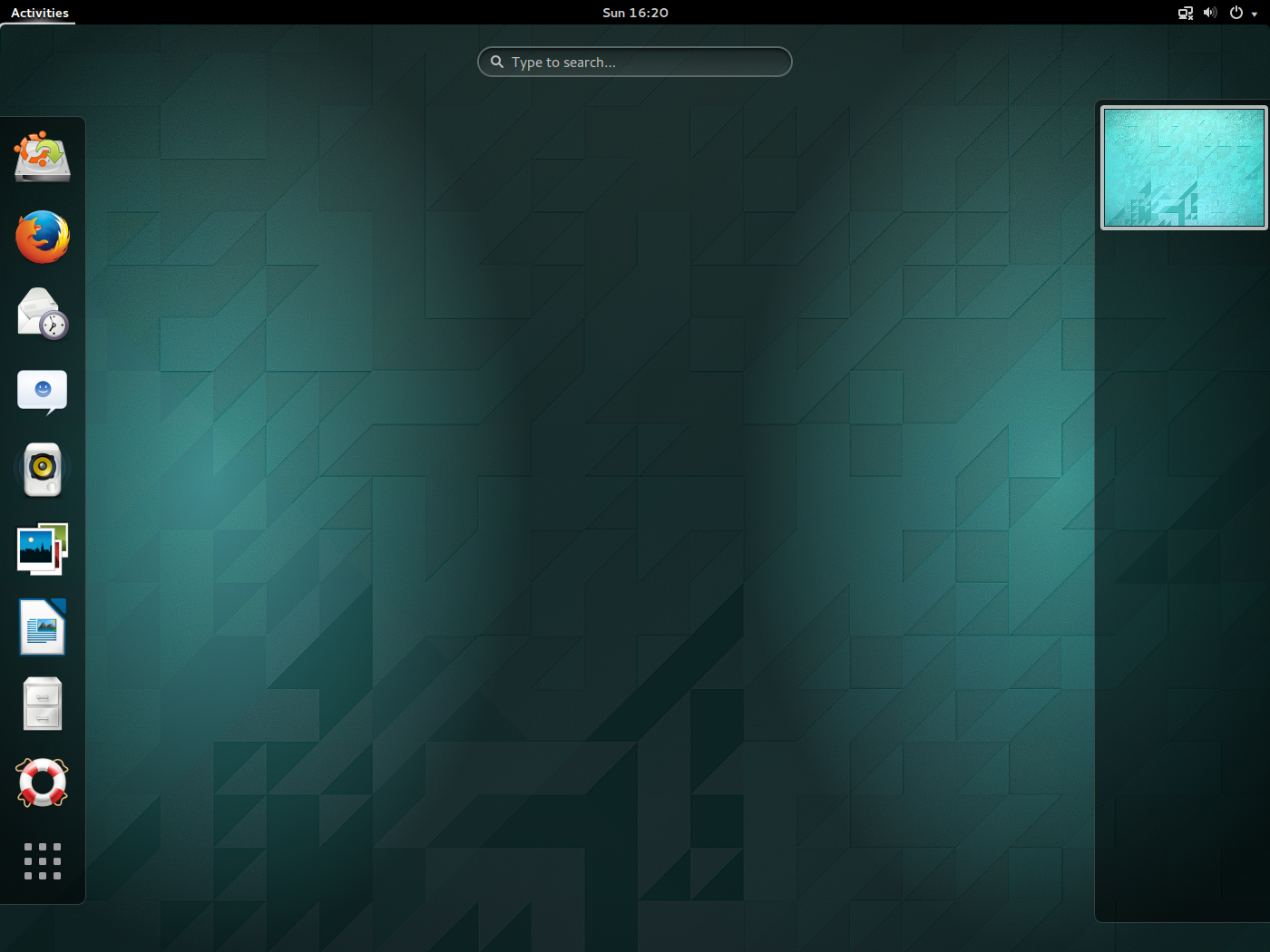
Nautilus (File Manager). An easy to use file managar for organizing your documents, music, pictures, videos and files in general.
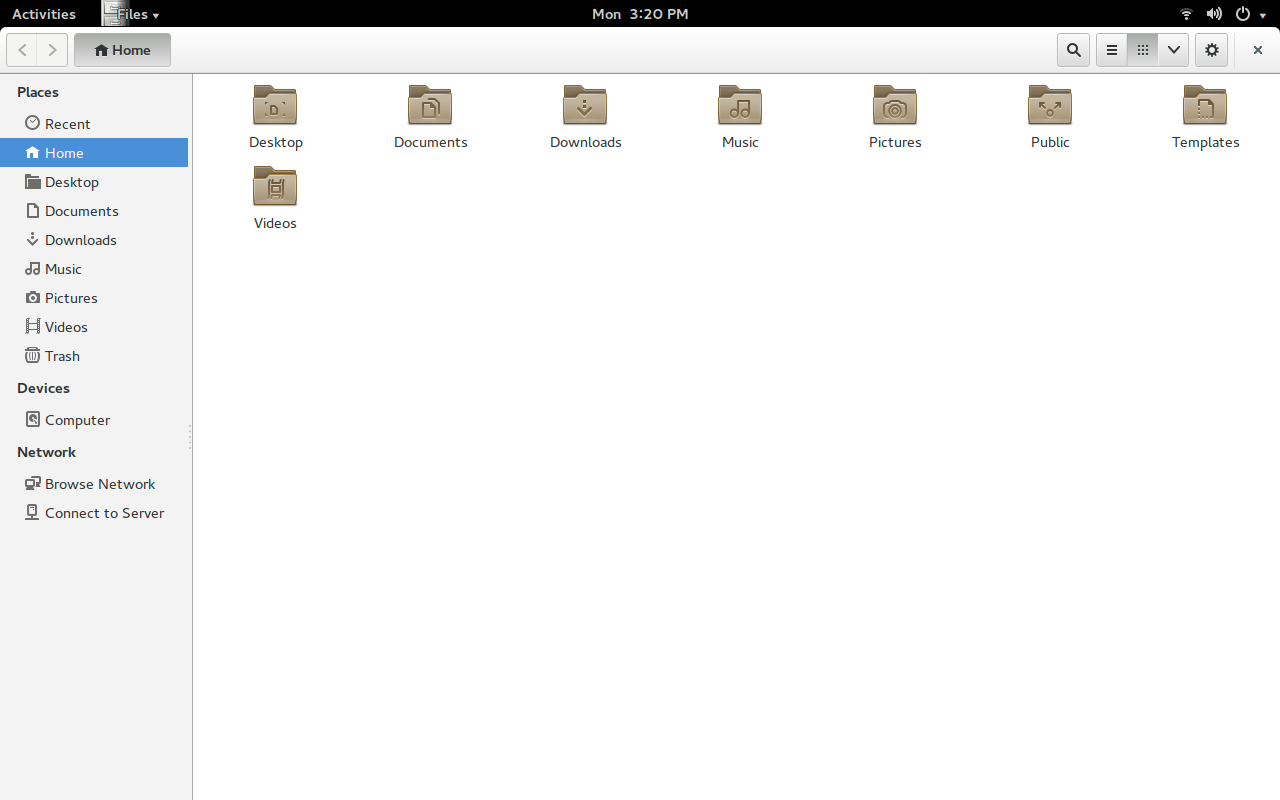
Firefox Web Browser. Browse the web with one of the most popular fast, flexible and secure web browsers.
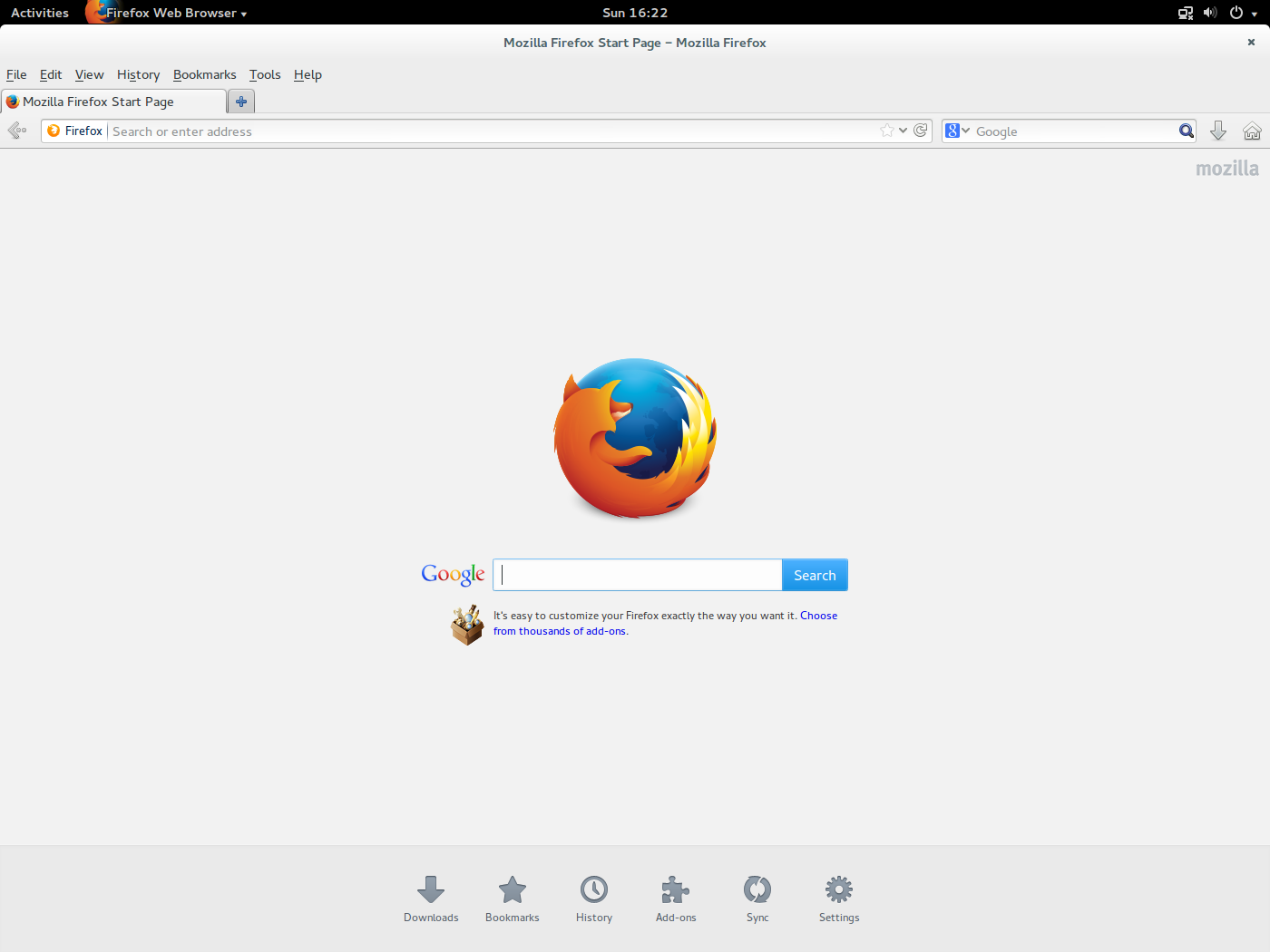
LibreOffice. Create professional documents, spreadsheets, presentations and even more with the open-source office suite.
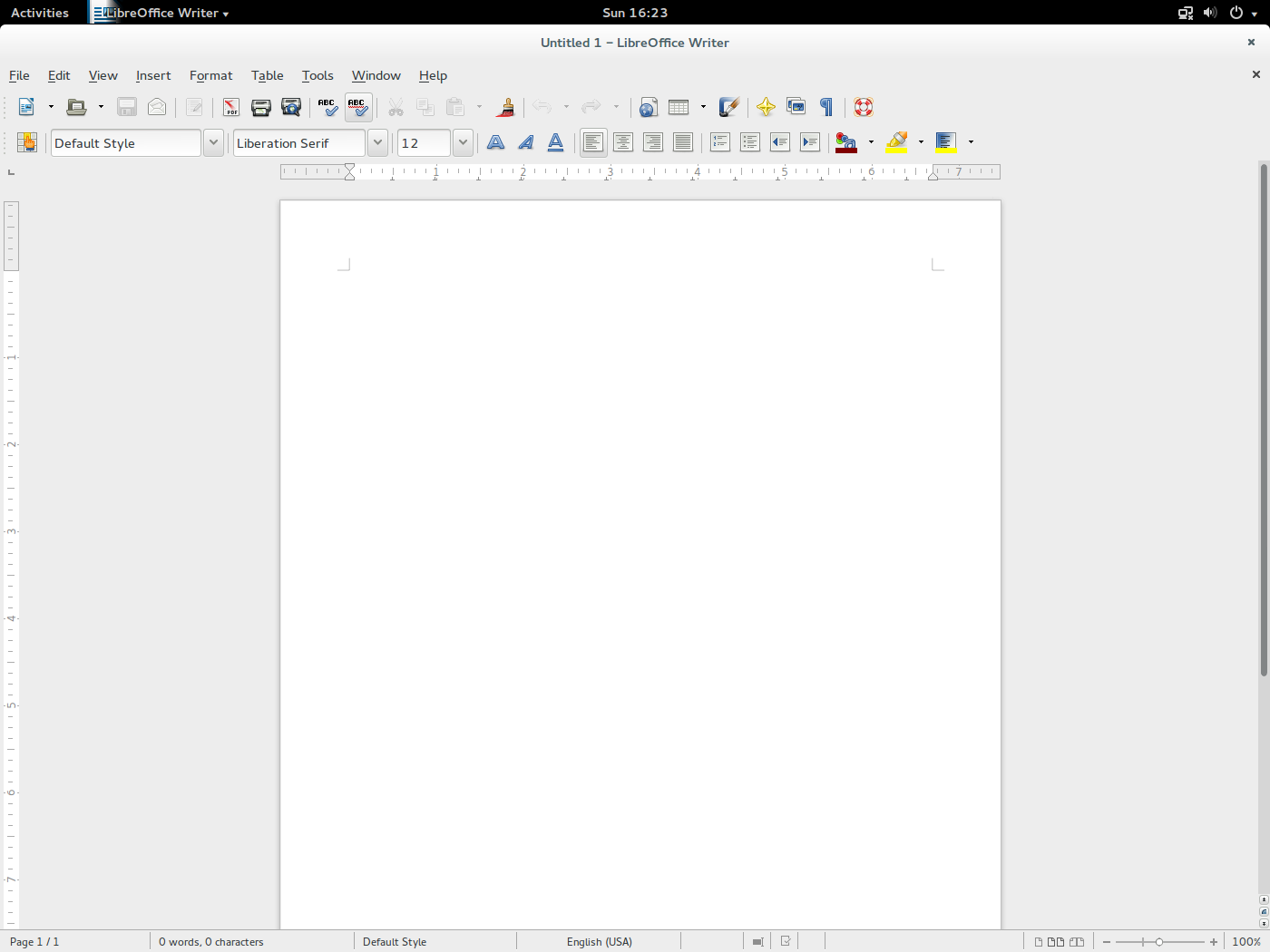
gedit (Text Editor). A small and lightweight text editor for the GNOME desktop environment.
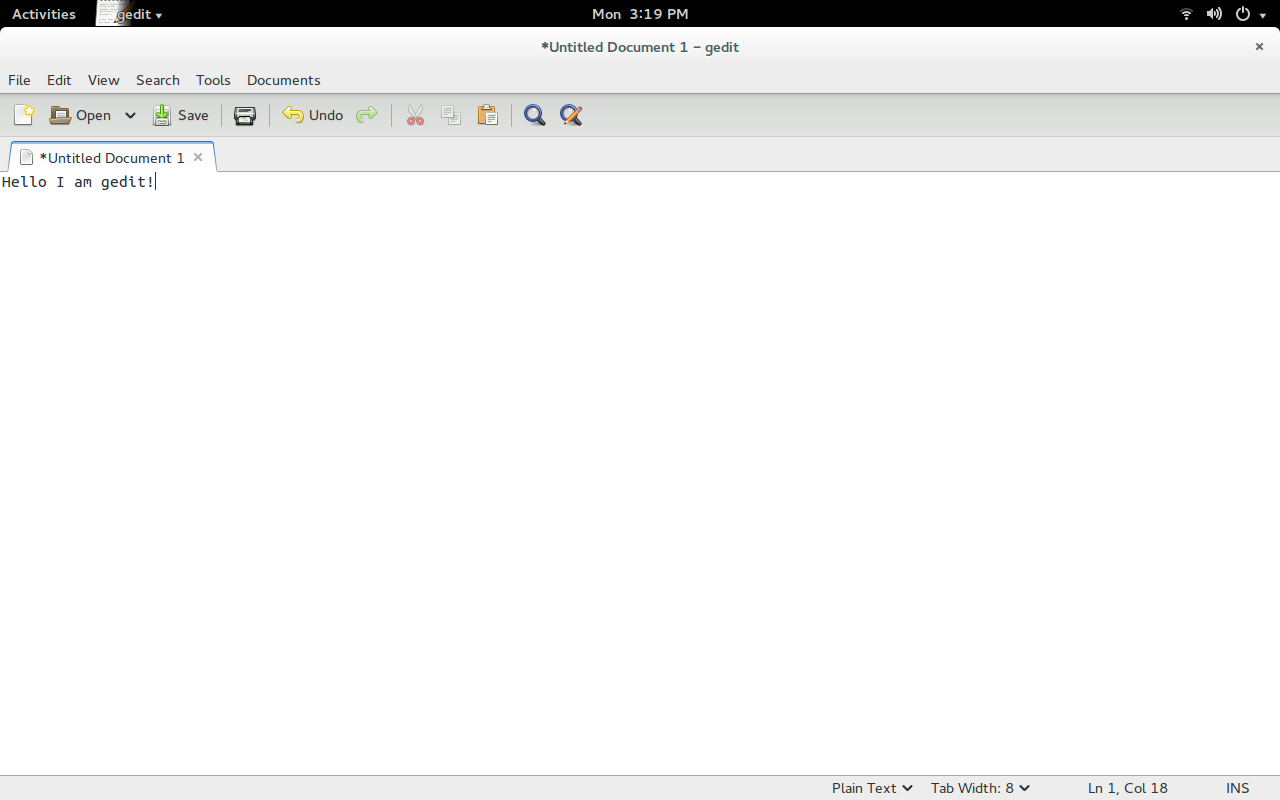
Ubuntu Software Center. Lets you browse and install thousands of free and paid applications available for Ubuntu.
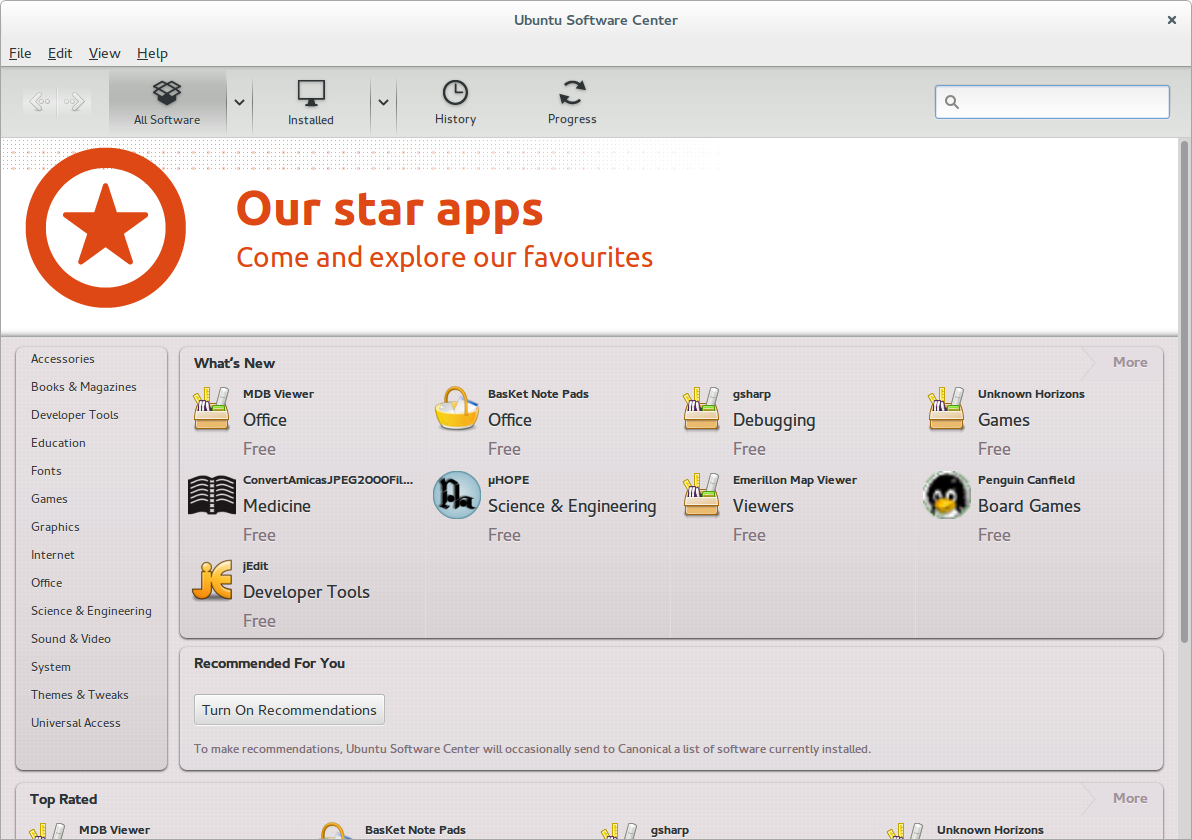
Tweak Tool. Change advanced settings – appearance, fonts, keyboard and mouse, windows and workspaces. Install extensions, set power options, select startup applications.
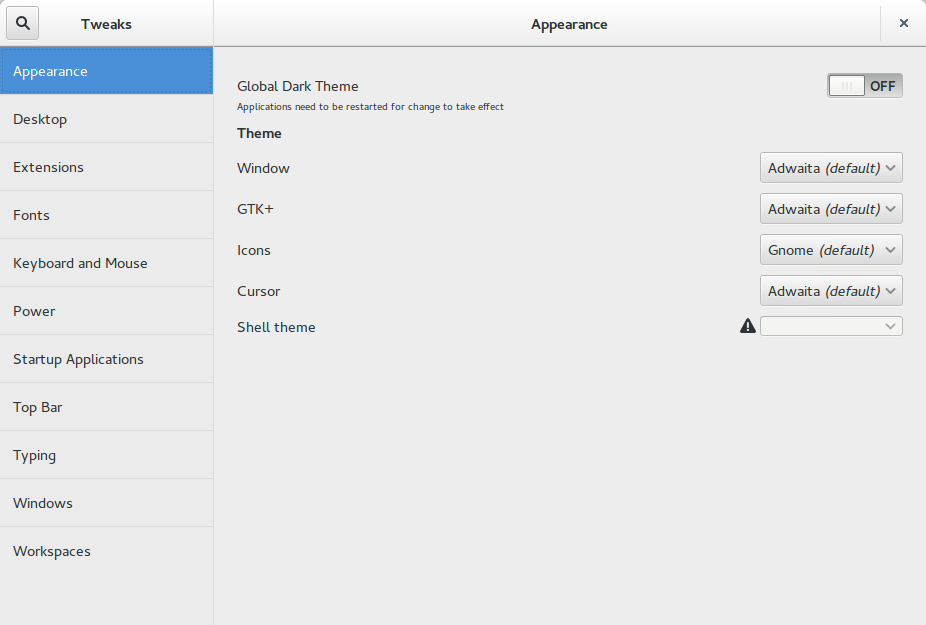
Get Ubuntu GNOME 14.04 LTS
DOWNLOAD Ubuntu GNOME 14.04 LTS now!
Upgrading from last release
Before upgrading, it is highly recommended to back up your data. See this page for tutorials on how to backup your data. Or just download Clonezilla and create an image of your hard drive or system partition.
The included GUI update manager will offer you the latest release of Ubuntu GNOME. Alternatively, launch Terminal by hitting Ctrl+Alt+T and run the following command:
sudo do-release-upgrade
Note. If you were using the gnome3-team/gnome3 PPA, you should run
sudo ppa-purge
before upgrading.
Personal Package Archives (PPAs)
PPAs for Ubuntu GNOME can be found on this link.
Ubuntu Release Notes
For common issues with Ubuntu, please refer to the Ubuntu release notes.
Support
3 years – see releases.
TrustyTahr/ReleaseNotes/UbuntuGNOME (last edited 2017-03-24 18:06:05 by jbicha)

